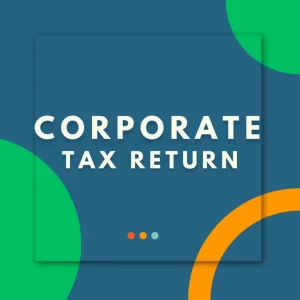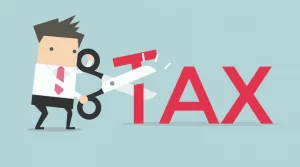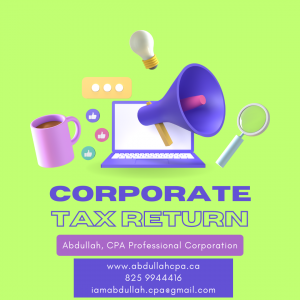The new account blends the best of the Registered Retirement Savings Plan (RRSP) and the Tax-Free Savings Account (TFSA). It comes with some sweet tax breaks on contributions (just like an RRSP), and you don’t pay taxes on investment income and withdrawals (just like a TFSA). It also has some similarities to the Home Buyers’ Plan(HBP), but more on that later. First Home Savings Account (FHSA)
How does the Tax-Free First Home Savings Account (FHSA) work?
As far as adding money to your account goes, the rules are simple:
- Your contributions max out at $8,000 per year.
- If you don’t save the full $8,000 one year, your contribution room will roll over to the following year.
- Over your lifetime, you can save up to $40,000 in your FHSA.
The FHSA helps you to save money towards the purchase of your first home, partly by giving you a tax break on your contributions. When you contribute money to the FHSA, you lower your taxable income. As your investments grow within the account, you also skip the tax bill on those gains.
When it comes time to buy that dream home, you tap into those funds in the account. And here’s the other big benefit: you won’t pay taxes on the money you withdraw for that purpose.
Not everyone has more than $600 a month to set aside for home savings, but don’t forget these are pre-tax dollars you’ll be saving (you get a tax deduction similar to the RRSP). Plus, you get up to 15 years from the time you open the FHSA account to use it to buy your first home. So saving, $40,000 over 15 years may be a more attainable goal for some people.
How to open the Tax-Free First Home Savings Account (FHSA)?
Now that the FHSA is (finally) available, contact your financial institution. Confirm your eligibility, provide some personal information, and follow their instructions to open your account. It will be like opening an RRSP or TFSA.
Who’s eligible for the Tax-Free First Home Savings Account?
To open an FHSA, you must be:
- Between 18 and 71 years old
- A Canadian resident
- A first-time homebuyer. (Translation: That’s you if you haven’t lived in a home you or your spouse/common-law partner owned in the last four years.)






